The uPVC window market is relatively small in Australia right now, but it’s growing fast. I caught up with Kathrin Sender, Managing Director at Integra Windows recently to find out what’s so good about uPVC windows and doors.
uPVC
This isn’t the first time I’ve featured a uPVC window supplier on the show (see Warm Windows, episode 77). And it certainly won’t be the last. uPVC, or unplasticised polyvinyl chloride is gaining in popularity as a window and door frame material due to a number of its qualities.
Objections
Not everyone is immediately in favour of uPVC as a building material. Kathrin explains that the main objections she hears are, “It’s not aluminium”, and “it’s not wood.” The biggest objection seems to be just a consequence of what people are used to.
I also questioned Kathrin about some of the chemicals used to make uPVC and the toxicity of the material, because I know PVC use is a barrier for Living Building Challenge projects. According to Kathrin, uPVC does not contain phthalates which are the harmful components in the red-listed PVC.
uPVC does include titanium dioxide as a UV stabiliser. This stops the material crumbling or yellowing. In Europe, uPVC typically has around 3% titanium dioxide content, but in Australia and New Zealand, it’s increased to 9% in order to account for harsher UV radiation.
uPVC no longer contains lead and typically has some recycled content. For more environmental credentials, including Environmental Product Declarations, see Integra’s supplier site, Deceuninck.
Advantages of uPVC
A cut away section of typical uPVC frame on the Integra Windows website shows one of the key thermal advantages to the design. Beyond the thermal properties of the material itself, (uPVC is a poor conductor of heat, whereas aluminium is a really really good conductor) the closed cell structure inside a uPVC frame adds significant thermal insulation. Because these cells are closed off from each other, air movement is restricted within the frame. And restricting air movement restricts the movement of heat. It also restricts the movement of sound, which is another key benefit of well insulating and well sealing windows and doors. They make for very quiet homes.

Beyond the thermal and acoustic performance, uPVC windows are very low maintenance because they never need painting and they’re very secure.
Tilt and Turn
‘Tilt and turn’ is not unique to uPVC. Most high-performance timber frames and even some higher-end aluminium frames offer hinges and hardware that allow for this functionality.
Tilt and turn is a common style of inward-opening window in Europe, and for good reason. When tilted open at the top, windows and doors can provide good ventilation while keeping the house safe and secure. Inward opening windows are common in Europe because they allow for external shutters and they make it easier to clean the glass. In Australia and New Zealand, they also make sense because they readily accommodate external shading.

Awning Windows
Kathrin points out that Integra Windows utilise a scissor style opening mechanism for their awning windows. This is more complex than a simple hinge at the top, but worth it if you’re wanting your windows to provide effective ventilation. By dropping the top of the window down slightly at the same time as opening the bottom outwards, this style of awning window effectively creates two paths for airflow.
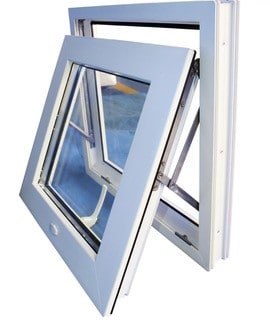
Slide Opening
Sliding doors are so popular in Australia and New Zealand. We love our ‘indoor-outdoor flow’! Unfortunately, sliding doors are inherently trickier to seal properly. There is a way around this – either a tilt and slide or lift and slide. With additional engagement points around the frame, Integra Windows have some impressive performance specifications regarding wind and pressure resistance.
A standard residential grade single glazed window in an aluminium frame might expect to withstand a pressure of around 75 Pa. This is a measure of the resistance to water penetration. One of Integra Window’s tilt and slide uPVC doors can withstand up to a staggering 650 Pa of pressure.

When it’s Closed, It’s Closed
What is multi-point locking? A standard door or window has hinges on onside and a latch plus maybe a lock on the other side. High-performance doors and windows are more like a bank vault. If you look along the edge of the frame, you’ll usually find a strip of metal. Along this strip are numerous locking points that engage with special fittings on the jamb. These fittings are usually slightly angled so that when you close the window and engage the locks with the handle, the whole frame is pulled in tight around the whole jamb. Combined with multiple weather seals, it’s this type of multi-point locking mechanism that makes all types of high-performance windows and doors so good.
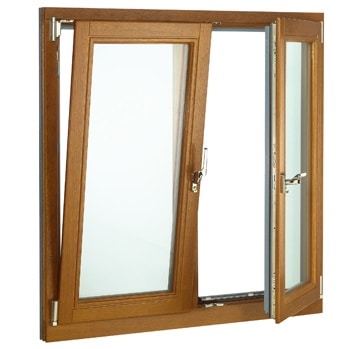
The multi-point locking system and combination of seals, drastically reduces any infiltration losses through the window or door. You can still have them open when you want them open, but when they’re closed, you know they’re really closed!
Windows and Doors
Integra Windows can be supplied at a whole range of sizes, right up to 3 metres high and 3 metres wide, per panel. Check out their whole range of styles and colours.
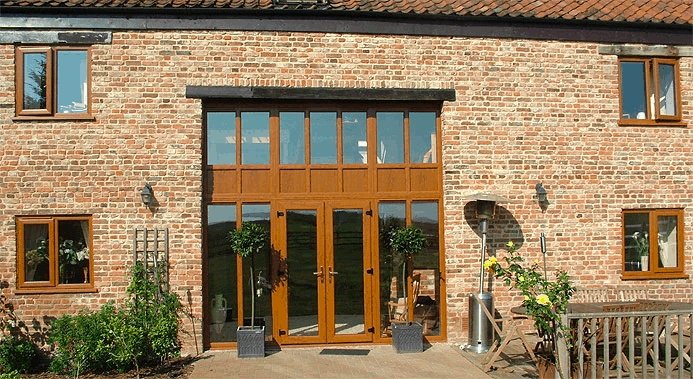
uPVC window suppliers tend to focus on the performance of the three key elements of glass, seals and frames. Kathrin acknowledges that uPVC doesn’t offer the range of thousands of colours available in the aluminium market. Indeed Integra offers seven colours (including a timber-look finish). But this isn’t their focus. There is enough range in the colour options to suit most situations, but it’s the performance that really matters.
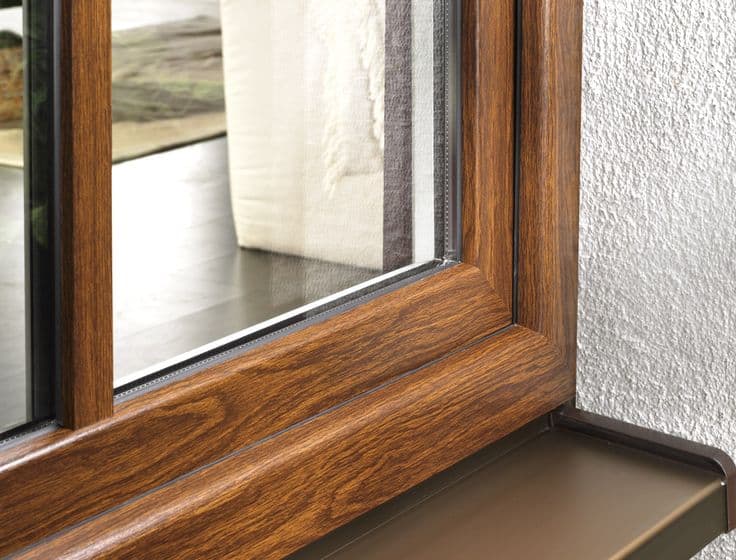
Cost
Integra Windows utilise automated manufacturing in order to keep prices down. High-quality doors and windows won’t be the cheapest on the market, but uPVC offers a very cost-effective option for people who want an energy-efficient, comfortable and quiet home. That is, one that actually performs the way it should.
Kathrin makes that point that uPVC windows should be compared to modern timber or thermally broken aluminium frames, not lower priced non-thermally broken aluminium. When this is done, uPVC often comes out as a favourable option in terms of price.
Integra Windows
Currently, Integra Windows supply throughout New South Wales and the Australian Capital Territory, with some limited supply to Western Australia. If you’re in these regions, I recommend giving them a call or checking their website to get a quote. Outside of these regions, more and more suppliers are entering the market and uPVC windows and door frames are well worth considering.
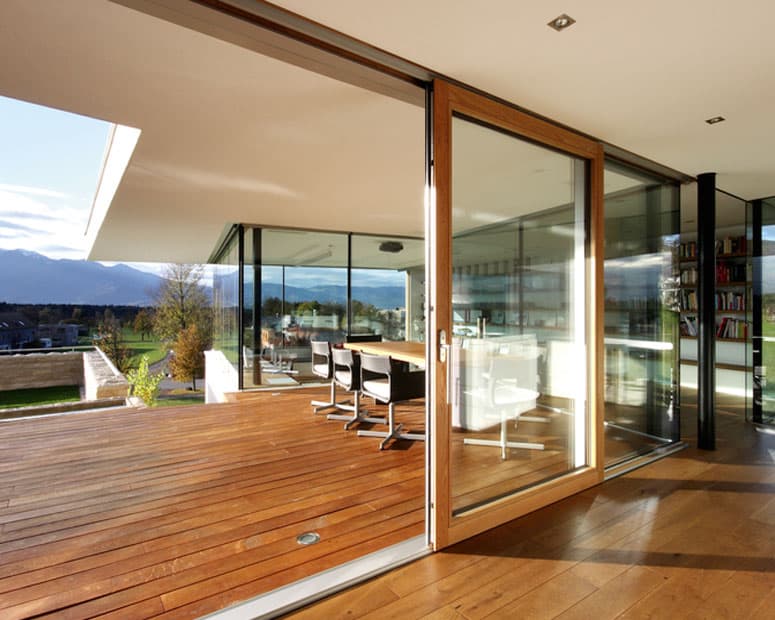

Leave a Reply